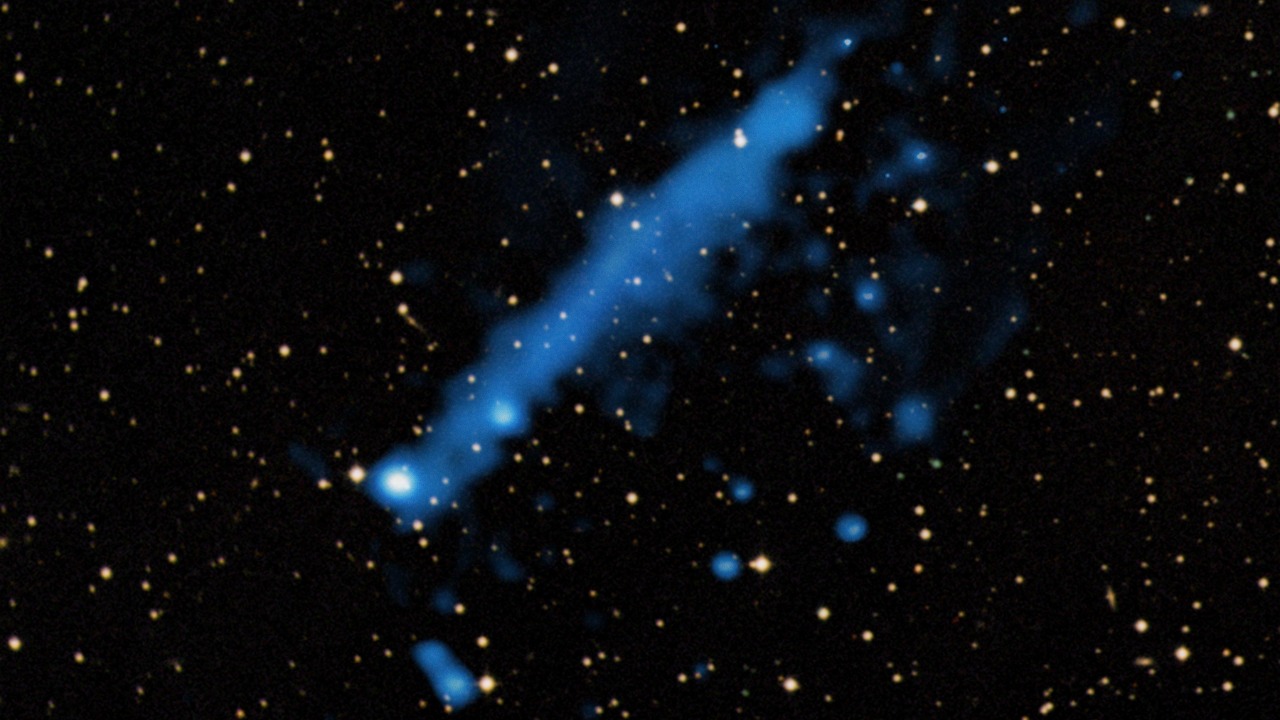
Scientists are delving into the intriguing possibility that subtle “beats” in the precise rhythms of pulsars could reveal the presence of low-frequency gravitational waves. This innovative approach could provide new insights into cosmic events such as supermassive black hole mergers. The method builds on pulsar timing arrays, which monitor millisecond pulsars for timing anomalies that might indicate gravitational wave interference. Recent theoretical work suggests these beats could be detectable with existing data from networks like the International Pulsar Timing Array.
Fundamentals of Pulsars
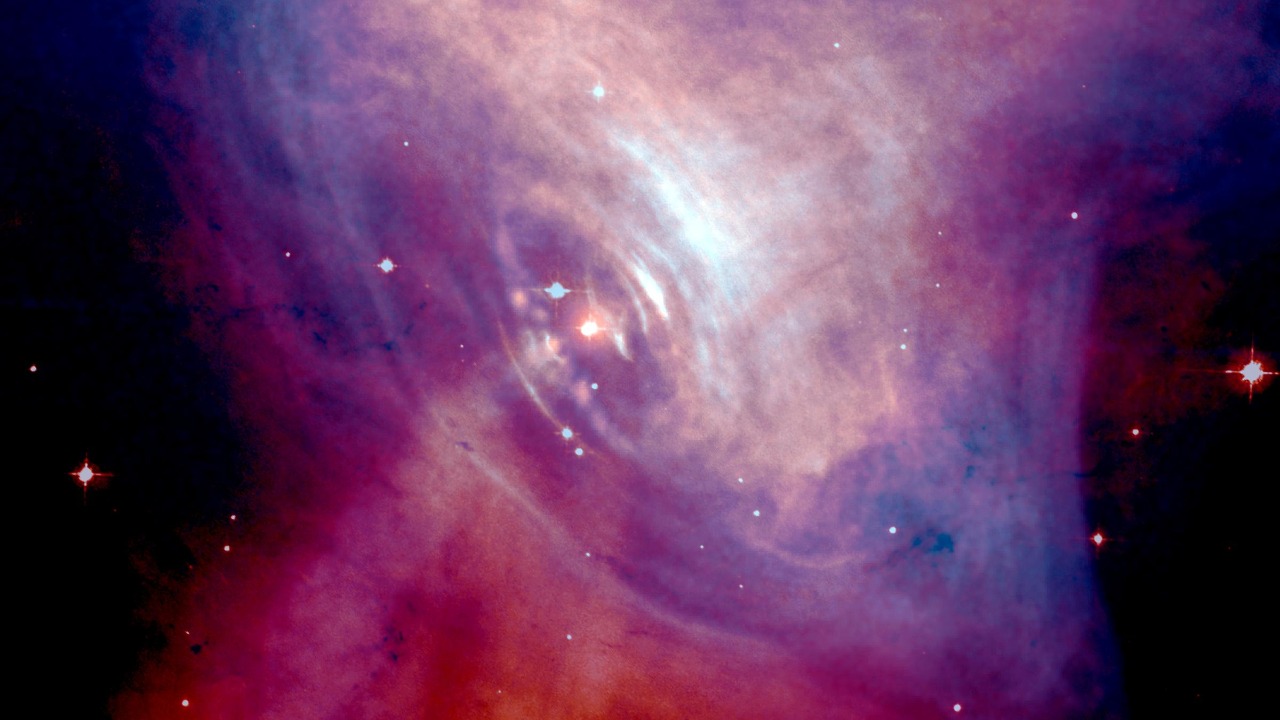
Pulsars are rapidly rotating neutron stars that emit beamed radiation. When aligned with Earth, they appear as regular pulses, with rotation periods as short as milliseconds. This rapid rotation enables high-precision timing, making pulsars invaluable tools for astrophysical research. Pulsar timing arrays, such as those involving telescopes like the Arecibo Observatory or MeerKAT, track these pulses over years to achieve nanosecond accuracy in detecting deviations.
These pulsar signals serve as cosmic clocks, unaffected by local noise, making them ideal for probing universe-scale phenomena. The precision of these pulsar clocks allows scientists to detect even the slightest deviations in their regular rhythms, which could indicate the presence of gravitational waves. This makes pulsars a crucial component in the quest to detect and understand these elusive cosmic phenomena.
Gravitational Waves Explained
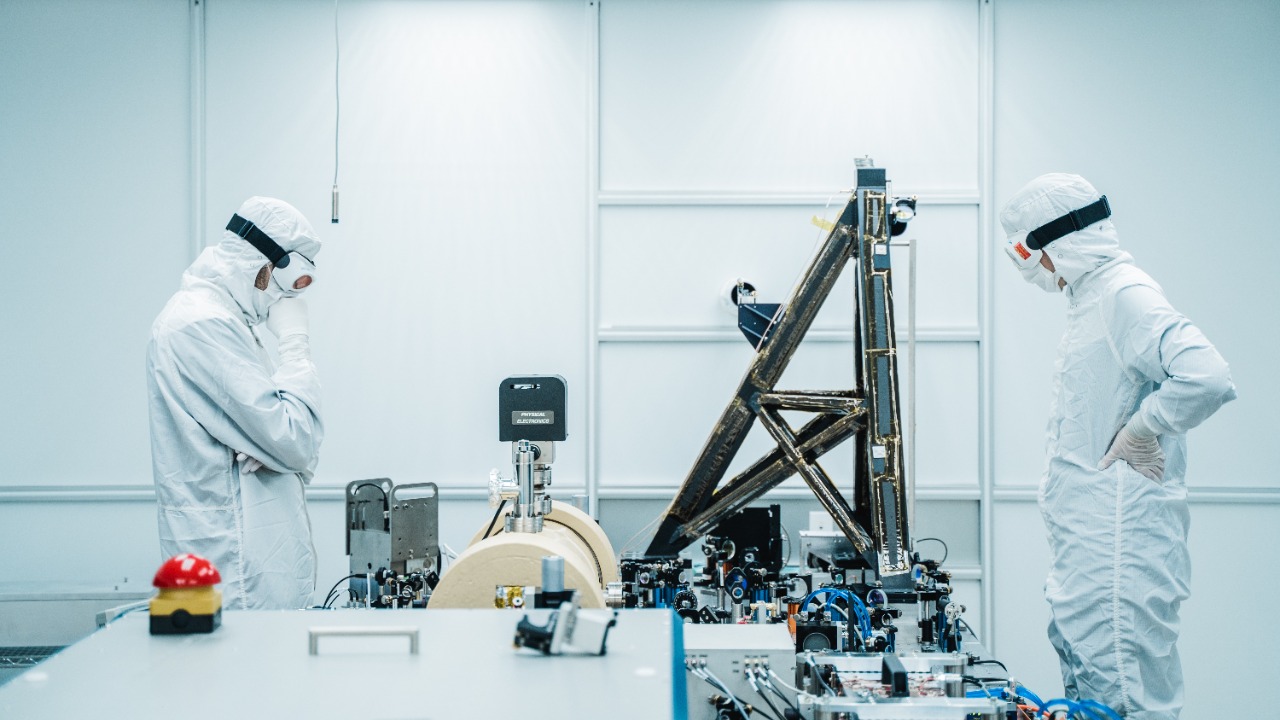
Gravitational waves are ripples in spacetime, a concept predicted by Einstein’s general relativity. These waves are generated by accelerating massive objects, such as merging black holes or neutron stars. Detection methods vary, with direct observations by LIGO and Virgo for high-frequency waves, contrasting with indirect methods for lower frequencies below 1 millihertz.
The stochastic gravitational wave background, a diffuse hum from numerous unresolved sources, could imprint patterns on distant signals. This background noise is a significant factor in the detection and analysis of gravitational waves, and understanding it is crucial for interpreting the data collected from pulsar timing arrays.
Pulsar Timing Arrays in Action
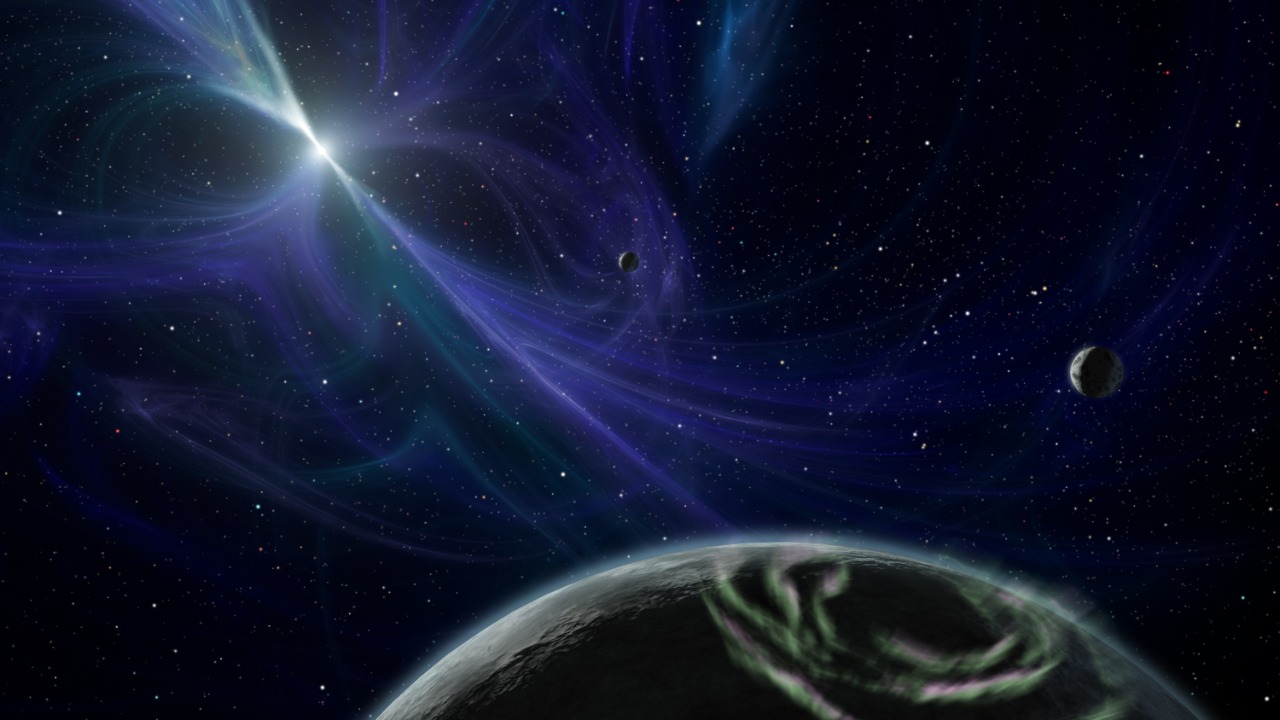
Arrays like the North American Nanohertz Observatory for Gravitational Waves (NANOGrav) and the European Pulsar Timing Array (EPTA) correlate timing residuals from multiple pulsars to filter out noise. This method allows for the detection of gravitational waves amid the cosmic background noise. Recent advancements, such as the 15-year dataset from NANOGrav, have hinted at a gravitational wave signal through correlated Hellings-Downs curves in pulsar pairs.
These arrays are sensitive to nanohertz-frequency waves, with their effectiveness limited by factors like interstellar medium dispersion and instrumental stability. Despite these limitations, pulsar timing arrays remain one of the most promising tools for detecting low-frequency gravitational waves.
The Concept of Gravitational Wave ‘Beats’
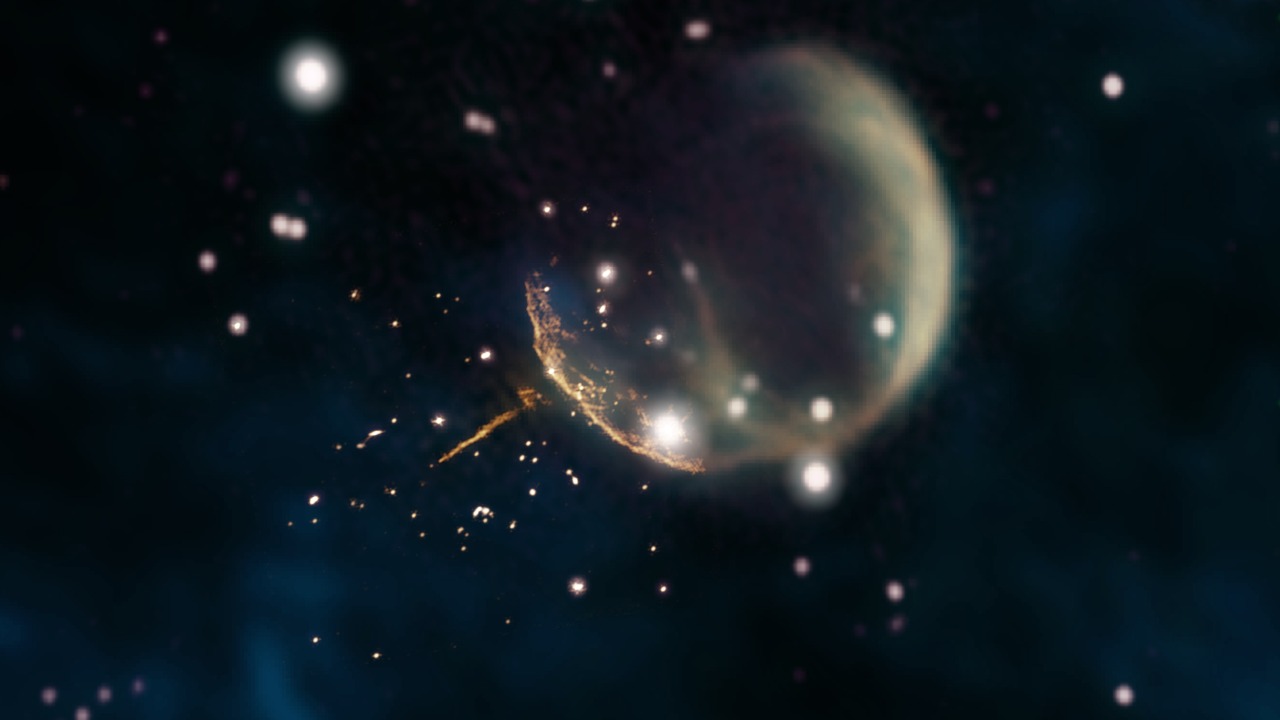
‘Beats’ are interference patterns that arise when gravitational waves from different sources or frequencies overlap. This concept is analogous to audio beats from mismatched tones, which could potentially modulate pulsar arrival times. A single-frequency wave might cause a simple phase shift in pulsar signals, while a spectrum of waves could produce rhythmic variations interpretable as beats.
Theoretical models show beats as periodic residuals in timing data, distinguishable from astrophysical noise like planetary perturbations. If these models prove accurate, the detection of beats could provide a new method for studying gravitational waves and the cosmic events that produce them.
Challenges in Detecting Beats
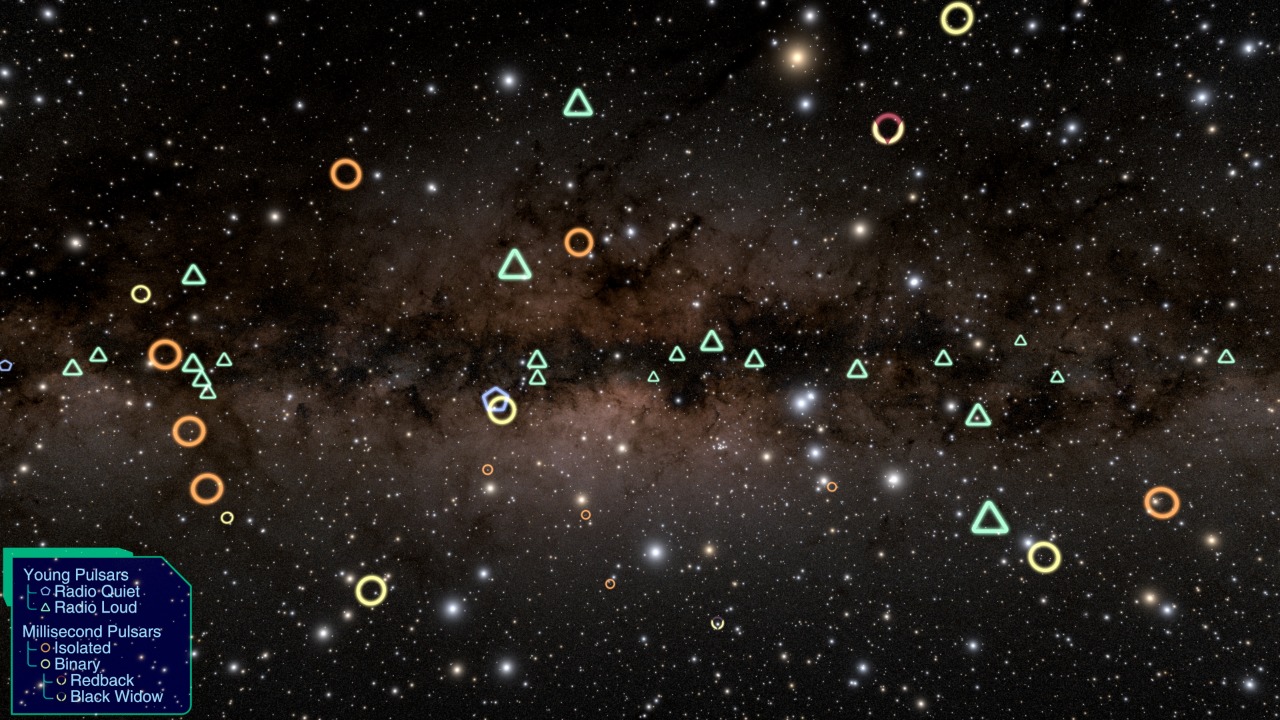
Despite the potential of this approach, there are significant technical hurdles to overcome. Detecting beats requires ultra-precise clocks and long observation baselines (decades) to resolve low-frequency signals amid red noise from the pulsars themselves. Potential false positives, such as clock errors or multipath propagation in the interstellar medium, require advanced statistical analysis like Bayesian inference.
Another challenge is the rarity of suitable pulsars. Only about 100 millisecond pulsars are currently monitored globally, limiting spatial coverage. Despite these challenges, the potential rewards of detecting gravitational wave beats make this a promising area of research.
Potential Implications for Astrophysics
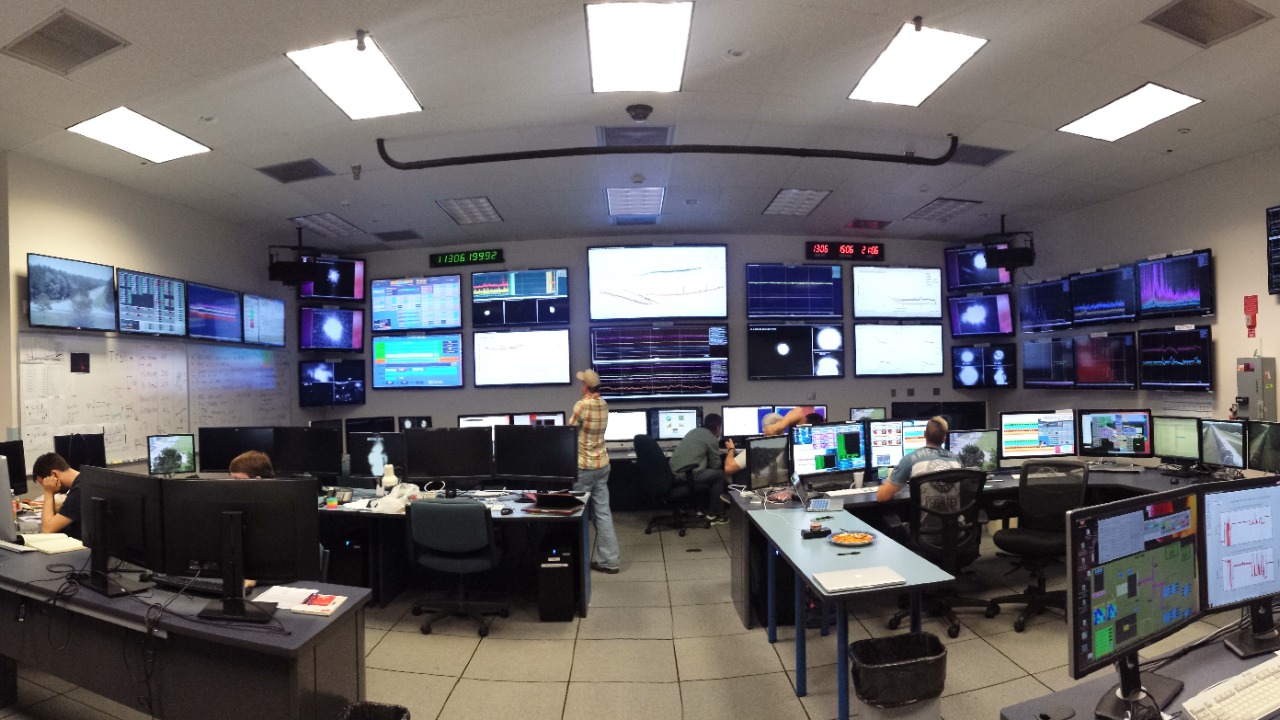
If confirmed, beats could map the merger rate of supermassive black holes, providing insights into galaxy evolution and dark matter influences. This could revolutionize our understanding of the universe and the forces that shape it. Furthermore, the detection of beats could extend to multimessenger astronomy, linking pulsar-detected waves with electromagnetic counterparts from events like those observed by LIGO.
Ongoing collaborations, such as the International Pulsar Timing Array’s efforts to combine datasets for enhanced signal-to-noise ratios, highlight the global interest in this research. As scientists continue to refine their methods and expand their datasets, the potential for groundbreaking discoveries in this field grows ever greater.